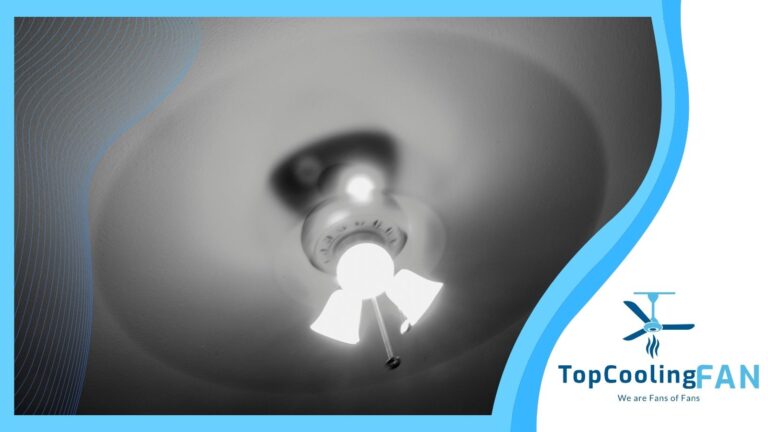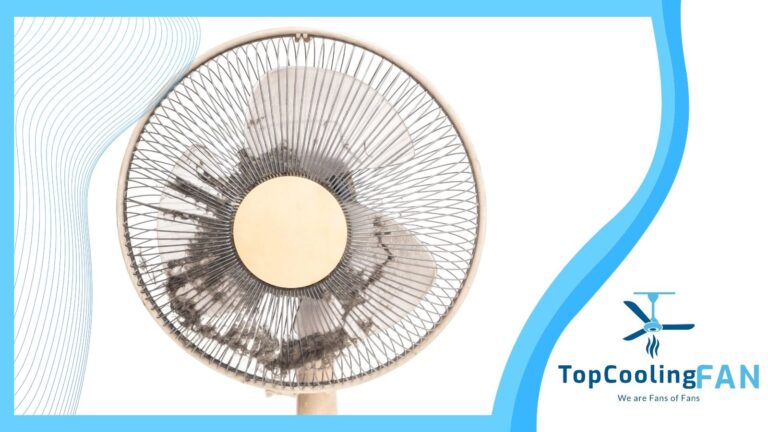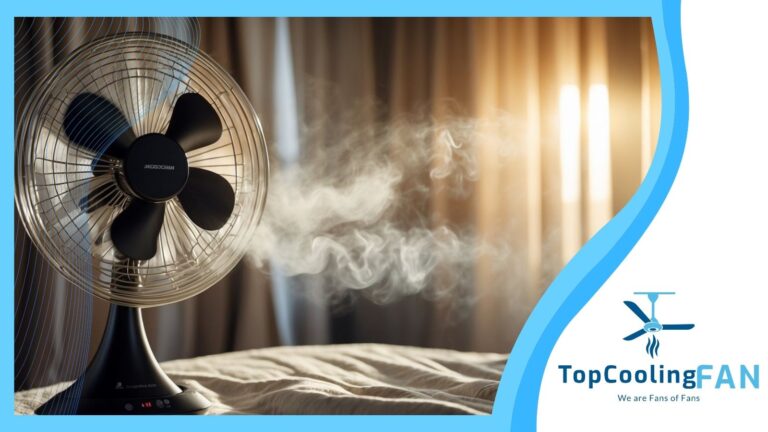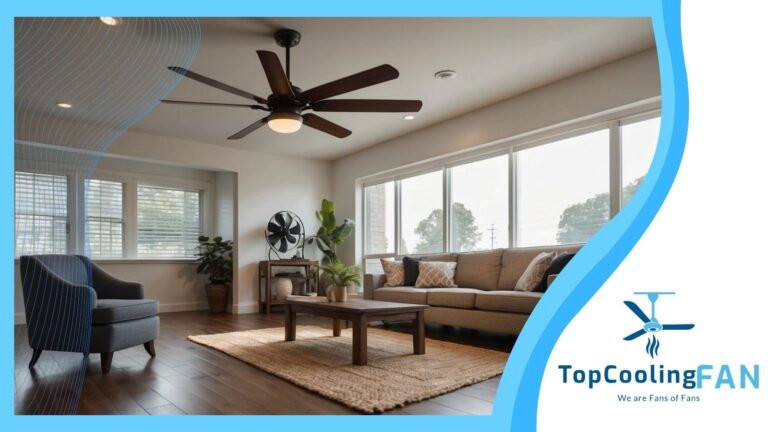Calculate Fan Electricity Usage: Energy Consumption Guide
Understanding how much electricity a fan uses is an important consideration for both energy-saving and cost-effective home management.
Electric fans are common household items, often used to provide a cooling breeze and improve air circulation in a room.
Electricity usage by a fan varies according to its type, size, and model. Small personal fans may consume as little as 20 watts of power, while larger, high-power models can use up to 100 watts.
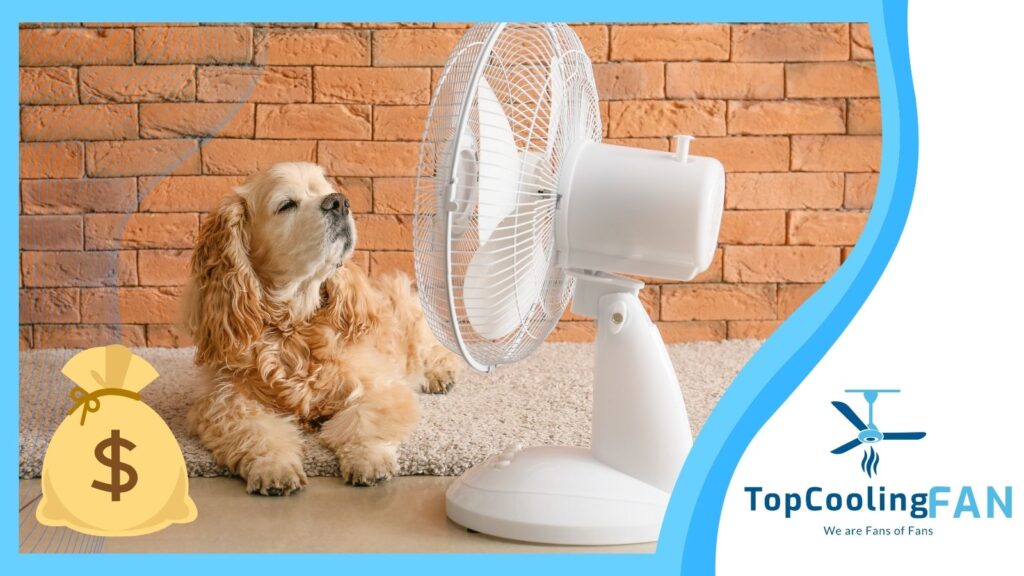
Different types of fans, such as ceiling fans, desk fans, or stand fans, have different power requirements.
Ceiling fans, for instance, typically draw between 15 and 90 watts of electricity, whereas a medium-sized desk fan running on a medium setting generally uses about 50 watts.
The actual energy consumption of a fan also depends heavily on how long and how frequently it is in use.
It’s not merely a matter of comfort or convenience; knowing the electricity usage of fans can play a significant role in managing household expenses.
With the average price of electricity in mind, consumers can make informed decisions about which fan to use and how to operate it in the most energy-efficient manner.
It may seem like a simple appliance, but a fan’s energy consumption can contribute to the monthly electricity bill and one’s carbon footprint.
Understanding Fan Electricity Usage
When it comes to the electricity consumption of fans, understanding the factors that influence their energy usage is crucial.
From the wattage of the individual fan to the cost implications of regular use, grasping these elements allows for more informed decisions and potential energy savings.
Determining Fan Wattage and KWH
Fans come with varied power ratings, typically ranging from 20 to 100 watts depending on the model and size.
A desk fan might use as little as 20 watts, while a large pedestal fan can consume up to 100 watts or more.
The wattage directly impacts the energy consumption, measured in kilowatt-hours (kWh).
To find the kWh, multiply the fan’s wattage by the hours of use and divide by 1,000.
For instance, a 50W fan running for 5 hours consumes 0.25 kWh of electricity.
Comparing Types of Fans
Different fans serve different purposes and thus have different energy requirements.
A ceiling fan offers a wide circulation and can use between 50-100 watts. Conversely, desk fans are typically more energy-efficient, using between 10-25 watts due to their smaller motors and targeted airflow.
Box fans and pedestal fans provide versatility and may use anywhere from 40 to 100 watts, based on their efficiency and the speed setting at which they operate.
Calculating Running Costs for Different Fans
To estimate the running cost for a fan, one must consider the fan’s wattage, the electricity rates, and the duration of use.
For example, if an electricity company charges $0.13 per kWh, a 50W fan running for 24 hours would incur a cost of approximately $0.16.
To aid in these calculations, fan cost calculators are available online, simplifying the process of estimating energy expenses.
Energy Efficiency in Fans
Energy efficiency in fans is typically achieved through better motor design and the use of energy-efficient models.
Manufacturers often list average wattages and may provide an energy consumption rating.
Selecting a fan with a low operating wattage or with adjustable fan speed settings can lead to significant energy cost savings over time.
Newer models are increasingly designed to maximize air movement while minimizing electricity usage.
Daily and Monthly Electricity Consumption
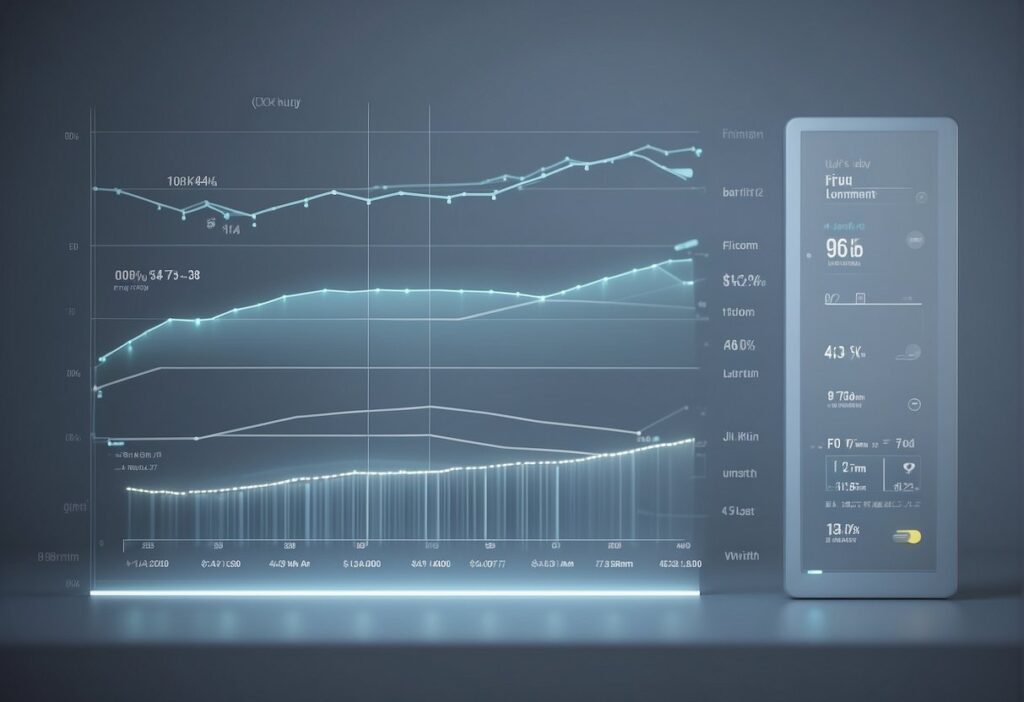
Understanding the electricity consumption of fans is crucial for assessing their impact on an individual’s electricity bill.
A clear grasp of the cost per hour and cumulative monthly expense helps in managing energy costs, especially when comparing to alternatives like air conditioning.
Cost of Running Fans Per Hour and Per Month
The cost of running a fan per hour varies based on its wattage and the price of electricity.
For a typical 50-watt fan, the cost per hour can be less than 1 cent, assuming an average electricity price of $0.1319 per kWh.
To calculate the hourly cost, one can multiply the power usage in kilowatts (kW) by the hours used, and then by the cost of electricity.
For example:
- Hourly Cost = Power (kW) × Hours Used × Electricity Price
A fan that runs 24/7 will naturally consume more electricity. Monthly costs add up, as shown in the following illustration:
| Power Usage (Watt) | Hours Per Day | Cost Per kWh | Monthly Cost |
|---|---|---|---|
| 50 | 24 | $0.1319 | $9.48 |
| 50 | 8 | $0.1319 | $3.16 |
Impact of Duration of Use on Electricity Bill
Leaving a fan on all night or continuously can make it seem cost-effective compared to other cooling methods like air conditioning, which can be significantly more expensive.
However, frequent and prolonged use can still lead to a notable increase in the electricity bill.
For someone looking to understand their electricity consumption, many websites offer a running cost calculator which can provide specific monthly and yearly estimates.
For example, running a 70-watt ceiling fan for 8 hours a day would result in higher usage:
- Daily consumption = 0.56 kWh/day
- Monthly consumption = (0.56 kWh/day × 30 days) = 16.8 kWh/month
They can then determine the energy cost by multiplying this figure by their local electricity rate.
This calculated approach allows individuals to estimate whether leaving a fan running continuously is more affordable than air conditioning costs during warmer months.
Specifics of Fan Types and Their Power Use
The power use of a fan varies significantly across different types, models, and sizes, affecting both efficiency and electricity consumption.
Ceiling Fans vs. Portable Fans
Ceiling fans are a permanent fixture in many homes, offering both aesthetic and functional benefits.
They typically consume between 20 to 90 watts of electricity, depending on their size and speed settings. In contrast, portable fans such as table fans, pedestal fans, and other small fans, which can be easily moved around, have a generally lower power consumption, ranging from about 10 to 60 watts.
Box Fans, Tower Fans, and Other Varieties
Box fans, known for their high airflow in a compact design, usually operate within a range of 50 to 200 watts.
Tower fans, valued for their slender design and often featuring ionizers and other settings, can use 40 to 100 watts.
The specifics can vary widely with additional features such as multiple speed settings and timers adding to the power consumption. Floor and wall fans tend to hover around a similar range but can go higher for larger models designed for industrial or heavy-duty use.
Unique Power Consumption of Bladeless and USB Fans
Bladeless fans, which offer a modern look and safety advantages, and USB fans, convenient for personal use, typically exemplify low power consumption.
Bladeless fans can range from 20 to 40 watts, while USB fans often use less than 5 watts.
These types of fans are suitable for those prioritizing energy efficiency and can be particularly cost-effective in areas with higher electricity rates. Small fans tailored for desks or bedside tables may offer adjustable speeds, and despite their size, they can be efficient in personal cooling.
Alternative Cooling Options and Their Electricity Usage
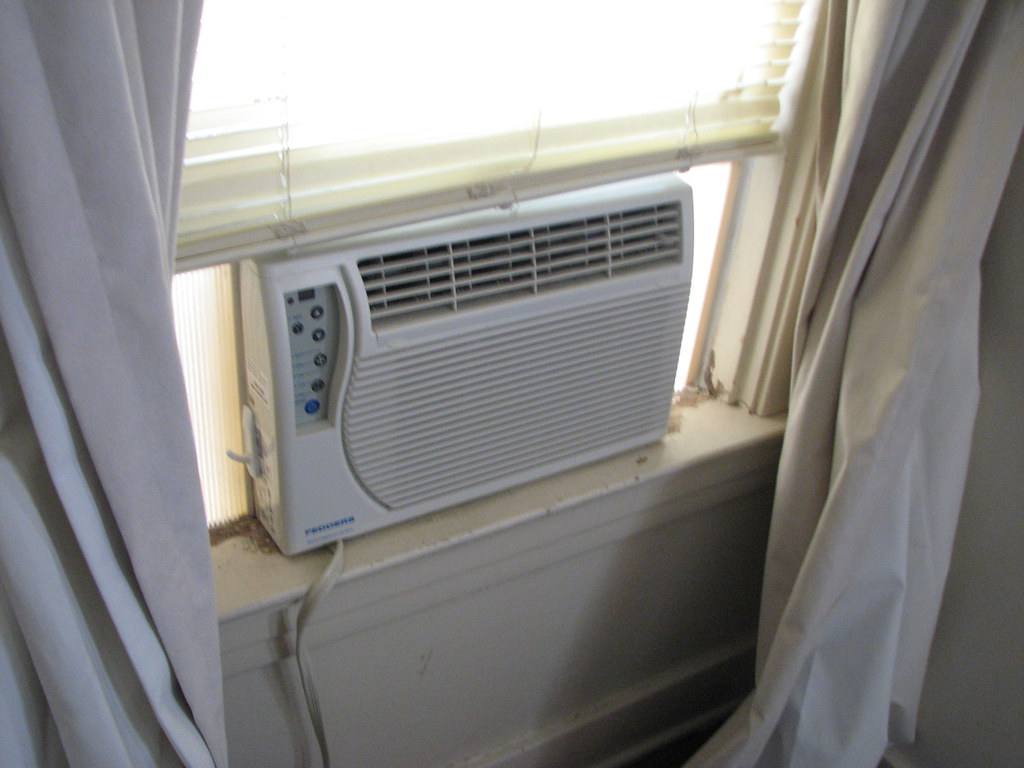
When considering cooling options, it’s essential to understand that each appliance has its unique energy footprint.
Comparison with Air Conditioners
Air conditioners are often the go-to solution for cooling homes but consume significantly more electricity than fans.
A typical central air conditioner uses about 3,500 watts of energy per hour, while window units use around 500 to 1,440 watts.
In contrast, an efficient ceiling fan utilizes between 50 to 100 watts depending on size and speed, making fans a more energy-efficient option.
On an hourly basis, the energy consumption of fans is drastically lower. For instance, maximum speed ceiling fan usage may reach only 0.0311 kWh, whereas a powerful central air unit could consume up to 3.5 kWh per hour.
Evaluating Fans Versus Other Appliances
To put fan usage into perspective with other appliances, let’s consider their energy consumption rates:
- A refrigerator, particularly a modern, energy-efficient model, commonly runs at 100 to 800 watts, depending on the size and model.
- LED lights are quite energy-efficient, with an average bulb using approximately 7 to 10 watts.
- An electric heater might use anywhere from 750 to 1500 watts, greatly depending on the size and model.
- Clothes dryers are on the higher end, commonly using about 1800 to 5000 watts of power.
When comparing these rates, a fan at 50W for continuous operation still stays on the lower end of the energy scale, costing less than 1 cent per hour at an average electricity price of $0.1319/kWh.
Meanwhile, an electric heater could cost significantly more, up to several cents per hour, depending on the energy price and heater settings.
Operational Factors Affecting Electricity Use
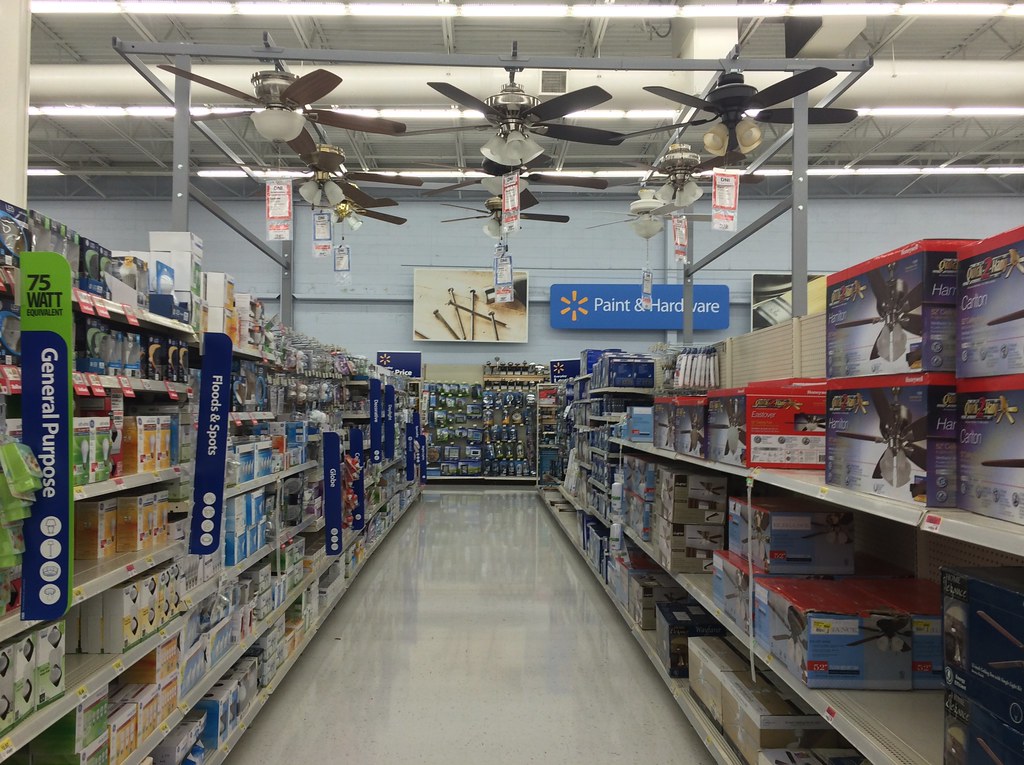
To understand how much electricity a fan uses, we need to examine several operational factors. These include fan speed and airflow, ambient temperature, and the use of fans in conjunction with air conditioning systems.
Influence of Fan Speed and Airflow
Fans consume electricity to rotate their blades and circulate air, and the amount of energy used varies based upon the fan speed and airflow.
A higher speed setting increases the energy usage due to greater resistance faced by the motor. For example, a ceiling fan typically uses between 50 to 100 watts when operational but can use more energy at higher speeds to create stronger airflow.
- Low Speed: Typically 40 to 50 watts
- Medium Speed: Around 70 watts
- High Speed: Up to 100 watts or more
It’s noteworthy that oscillating fans may use slightly more power than stationary ones because they require additional energy to pivot back and forth.
Role of Ambient Temperature
The ambient temperature in a room also influences a fan’s electricity use. In warmer conditions, fans may need to run for longer periods or at higher speeds to maintain a comfortable environment, which can lead to higher power consumption.
The efficiency of a fan in moving air can be affected by temperature, state of the room (open or closed), and the number and type of objects obstructing airflow.
Use of Fans with Air Conditioning
Integrating the use of fans with an air conditioning system can impact overall energy consumption. While a fan itself is low in energy usage, they can enhance the cooling effects of air conditioning by distributing the cooled air more evenly.
This can allow for the thermostat to be set at a higher temperature, potentially reducing the air conditioner’s energy usage significantly. Since an air conditioner can use upwards of 3,500 watts per hour, the strategic use of fans to assist in the cooling process can lead to savings on one’s electricity bill.
Minimizing the Environmental Impact

Choosing the right fan and utilizing it efficiently plays a crucial role in reducing the carbon footprint and enhancing sustainability. This section will explore two key aspects: using energy-saving fans and adopting sustainable practices for fan use.
Reducing the Carbon Footprint with Energy Saving Fans
Energy-efficient fans are designed to consume less electricity, which can significantly lower the environmental impact of cooling a living space on sultry days.
The measurement of electricity used by a fan is expressed in watts, revealing that ceiling fans typically consume between 50 to 100 watts while box and pedestal fans use 40 to 100 watts based on speed and model efficiency. By selecting fans with lower wattage, individuals can have a positive effect on the environment while still enjoying comfortable indoor temperatures.
Sustainable Practices in Fan Use
To achieve sustainability in fan use, it’s essential to combine energy-efficient appliances with mindful habits. For instance, turning off fans when leaving a room or using them in conjunction with natural ventilation strategies can enhance their energy-saving potential.
Furthermore, choosing fans made from more sustainable materials during the manufacturing process can help lessen the detrimental effects of non-renewable resources like plastic and metal.
Additional Considerations and Enhancements
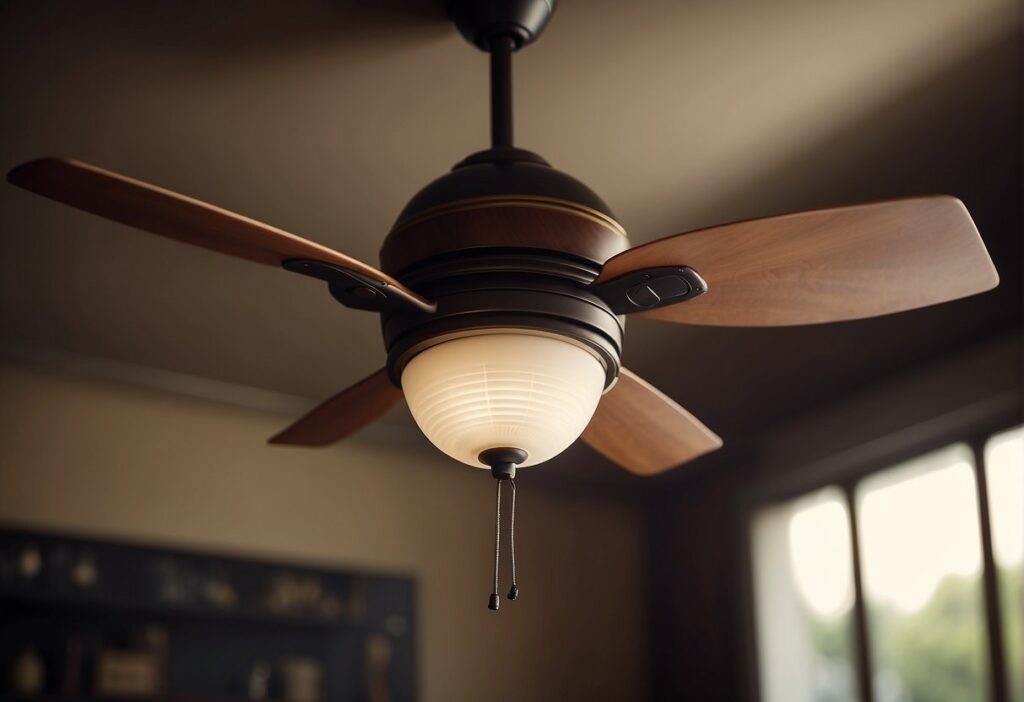
When assessing the electricity usage of fans, it’s important to consider elements that can influence their lifespan and durability, as well as how the addition of extra features may impact energy consumption.
Factors That Affect Fan Lifespan and Durability
The durability of a fan is tied to several key factors. The material of the fan blades, the quality of the motor, and the environment in which the fan is used are all critical. For instance, a fan with stainless steel blades may endure longer than one with plastic blades, particularly in humid environments.
Bladeless fans, which rely on a brushless motor, often last longer and maintain optimal performance with less wear over time because they have fewer moving parts.
Fan motors are rated in amps, with higher amps indicating a more powerful – and thus potentially more durable – motor. However, more power can also translate to increased electricity usage, so a balance between effectiveness and efficiency is ideal.
Adding Lights or Other Features to Fans
Many modern fans come with integrated features such as LED lights or electronic controls that can add to both the functionality and aesthetic appeal of the fan, but these features may also affect power usage.
A fan with an LED light may consume more electricity overall, but LEDs are highly energy-efficient compared to traditional bulbs, so the increase is typically minimal.
Additionally, when features such as lights are added to fans, the unit’s total power consumption is measured in watts, which encapsulates all combined electrical components. For someone focused on energy conservation, choosing a fan with a low wattage light and reviewing the fan’s overall wattage can help maintain efficiency.
Frequently Asked Questions

Does running a fan use a lot of electricity?
No, running a fan uses less electricity than many other household appliances. They are considered energy-efficient, especially when compared to electric air conditioning units.
How can I calculate the electricity usage of a fan?
To calculate the electricity usage of a fan, you can use the formula: Electricity Usage (kWh) = Power (W) × Hours Used ÷ 1000.
For example, a ceiling fan using 70 watts for 8 hours a day would use 0.56 kWh of electricity daily.
What is the cost implication of using a fan?
The cost depends on the wattage of the fan and the cost of electricity.
A standard 50W fan using $0.1319 per kWh would cost less than 1 cent per hour. Thus, if one runs it for 24 hours, it would amount to approximately $0.16 per day.
Does the size of the fan affect electricity usage?
Yes, the size of the fan can affect electricity usage. A smaller fan will generally use less electricity than a larger one.
For instance, a 72-inch fan will use more electricity compared to a 24-inch fan if both are operated continuously.
What is the average power consumption of fans?
Average fans are rated between 10-100 watts. Therefore, a fan can use anywhere between 10-100 watts in an hour, depending on its size and settings.

